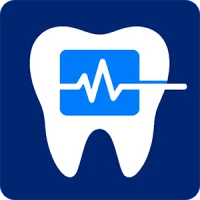
Dental Blog
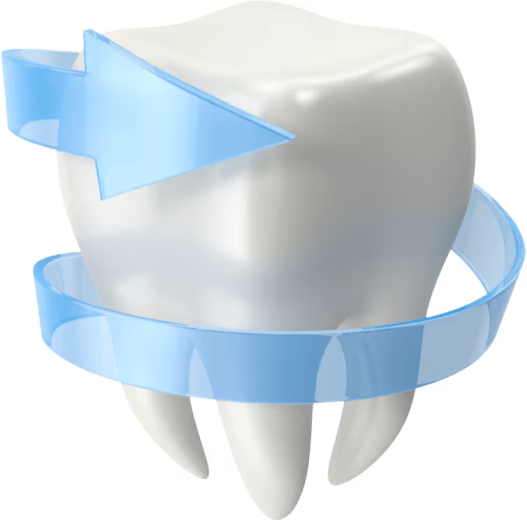

Resources for Dentists
Dive deep into helpful guides and in-depth information about:

Your Resource for Dentistry Insights
Sedation dentistry is evolving. Regulations change, compliance requirements grow, and practices need tools to stay ahead. The Sedate Dentistry Blog is here to help you learn, adapt, and succeed with resources built for dentists, oral surgeons, and office managers.

Explore Topics That Matter

Sedation Dentistry
Learn about sedation dentistry's best practices, compliance tips, and case studies.
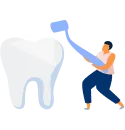
Patient Vitals Monitoring
Device integrations, patient monitoring, and technology insights.

Patient Forms & Experience
Intake forms, digital consent, and patient-focused workflows and user experience.

Dental Practice Growth
Grow your dental practice with in depth guides, tutorials, and software reviews.
Recent Guides for Dentists
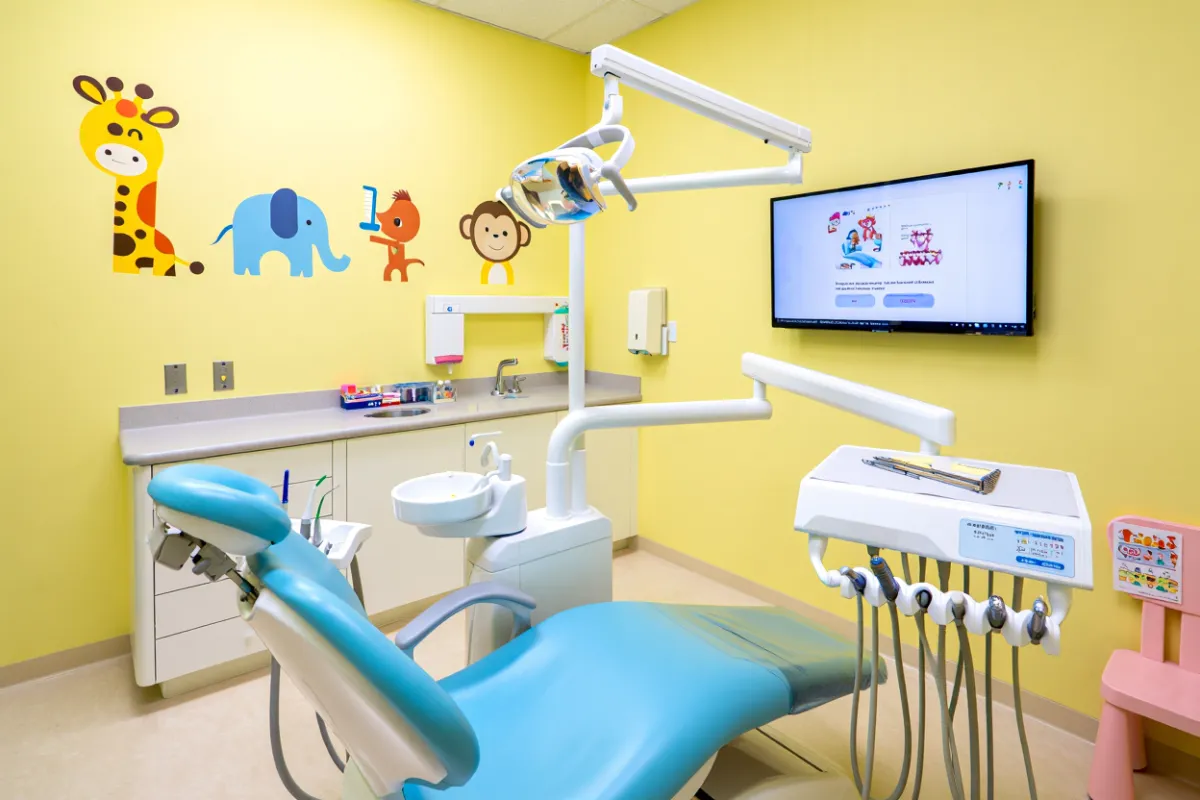
How a Pediatric Dentist Improved Sedation Reporting
A pediatric practice replaced scattered paper notes with a single digital sedation record. In four weeks they captured weight-based dosing with mg/kg ceilings, logged nitrous as dose-over-time, and produced audit-ready timelines parents and payers could understand—without slowing care.
Table of Contents
How a Pediatric Dentist Improved Sedation Reporting
The starting point was safe care hidden by messy notes
The goal was a single, time-stamped story tied to weight and modality
The first move was putting standards inside the live record
The pediatric template made weight the anchor for every dose
Nitrous documentation changed from a checkbox to a compact block
Roles were simplified so busy rooms stayed calm
Device integrations removed double-entry and added trust
Consent and discharge were rewritten for parents and escorts
Training focused on one spoken sentence that fixed dose entries
The month-one numbers made progress obvious
The day-of flow changed in ways families could feel
The event timeline made rare escalations readable in seconds
The 30-day rollout fit around school-hours schedules
Objections the team heard—and the responses that worked
What changed for insurers and auditors
Pediatric sedation moves fast and demands clarity. This case study shows how one children’s practice rebuilt sedation reporting around structured fields, interval prompts, and role-based charting. You’ll see what they changed in the template, how they trained their team, and the exact metrics that proved the new system delivered safer, clearer records.
The starting point was safe care hidden by messy notes
Pediatric visits were clinically sound, but documentation didn’t tell the story. Doses were written in mg without concentrations. Weight-based ceilings lived on sticky notes. Nitrous was marked “used.” Discharge notes varied by provider. When insurers or regulators asked questions, the team pieced together narratives from memory.
The goal was a single, time-stamped story tied to weight and modality
The practice defined three non-negotiables: chart weight and mg/kg targets up front, capture nitrous as dose-over-time, and enforce objective discharge criteria that fit kids and escorts. Reporting had to read like a timeline from baseline to recovery and be easy to review with families.
The first move was putting standards inside the live record
Standards stick when they live where people click. The practice centralized intake, vitals, meds, nitrous, events, and discharge in Sedation visit record software. Longer cases ran on a timeline with interval prompts using IV sedation charting software. Consent language and discharge criteria lived with version control in Dental sedation compliance.
The pediatric template made weight the anchor for every dose
Weight drives safety for kids, so the template started there. The Recorder entered weight once; the system displayed mg/kg ceilings beside running totals for relevant drugs. Concentration (mg/mL) and route became required fields, and picklists were tuned for oral, intranasal, and IV routes common in pediatrics.
Nitrous documentation changed from a checkbox to a compact block
Nitrous is dose over time, and the record reflected that. The team logged start time, titration range (e.g., 20–35% N₂O), peak percentage and duration at peak, and the oxygen flush at the end. That single block lived with the medication log in digital sedation visit records so parents, reviewers, and providers could read it in seconds.
Roles were simplified so busy rooms stayed calm
Kids wiggle, parents have questions, and providers need hands free. The team clarified four roles so documentation never slipped.
● Sedation Lead titrates and decides.
● Monitor Tech places sensors, validates signals, and calls out vitals on the timer.
● Recorder types in real time and reads back each dose using an eight-field script.
● Room Support stages suction and oxygen, and double-checks expiration dates on reversals.
Timers and clear ownership meant interval vitals landed on time even when the room got active.
Device integrations removed double-entry and added trust
Streaming vitals reduced lag and errors. The practice started by feeding SpO₂ and HR directly into the chart, then added NIBP and ETCO₂ for selected cases. They routed signals through Patient Vitals Monitor Integrations and taught the Monitor Tech to glance at the pleth waveform and cuff fit so artifacts didn’t get recorded.
Consent and discharge were rewritten for parents and escorts
Parents needed plain language, not legalese. Consent templates explained sensations by modality, the plan for monitoring, and what “awake but relaxed” looks like for a child. Discharge criteria required final vitals, orientation appropriate for age, ambulation with minimal assistance, oral fluids tolerated, nausea/pain controlled, and an escort briefed on supervision. The record enforced completion before sign-off using compliance checklists for sedation.
Training focused on one spoken sentence that fixed dose entries
Clarity came from a script everyone memorized and spoke aloud. “Medication name and concentration (mg/mL), route, exact dose, time, indication, response, running total.” The same eight fields sat on screen, so the Recorder completed entries in seconds while the Sedation Lead titrated. For examples and unit tips the team reviewed document sedation doses accurately.
The month-one numbers made progress obvious
Simple KPIs told the story to leaders and staff. Use this HTML table in your own playbook.
The day-of flow changed in ways families could feel
Parents noticed calmer rooms and fewer repeated questions. The provider didn’t ask “what’s the total?” because the running totals sat next to mg/kg ceilings. The Recorder summarized at handoffs: “Total midazolam 0.1 mg/kg; nitrous peaked 35% for 16 minutes; vitals stable.” That sentence seeded the end-of-case flow note, which the clinician completed in minutes.
The event timeline made rare escalations readable in seconds
When a child startled or desaturated, notes followed the same pattern every time so the chart read like what happened. Observation → action → dose → response, with times on each line. Example: “10:26 ETCO₂ 55 with RR 10; jaw thrust + verbal stimulation; O₂ to 10 L/min; flumazenil 0.2 mg IV at 10:27; RR 14, ETCO₂ 42, SpO₂ 99% by 10:28; child purposeful.” The team practiced scenarios during short drills drawn from 10 Best Practices for Managing Sedation Emergencies (future).
The 30-day rollout fit around school-hours schedules
A short sprint beat long planning—and worked within pediatric clinic hours.
● Week 1: Build the pediatric template in paperless sedation visit logs with weight entry, mg/kg ceilings, required concentration and route, and the nitrous block.
● Week 2: Stream SpO₂/HR via Patient Vitals Monitor Integrations; place the timeline monitor where the Recorder can type without blocking parent view.
● Week 3: Run two mock cases; drill the eight-field dose script and “extra entries” for stimulation spikes using minute‑by‑minute IV charting.
● Week 4: Go live; post a small dashboard with five KPIs; review for 30 minutes at the Friday huddle. If something dips, assign a two-minute drill, not a memo.
Objections the team heard—and the responses that worked
“Digital will slow us down.” It removed rework; timers and required fields prevented after-the-fact edits. “Our kids are mostly nitrous.” Nitrous still needs dose-over-time details; the single block made it as fast as a checkbox and audit-ready. “Parents will worry if they see all this.” A clear, time-stamped timeline reassures families that monitoring and documentation happen in real time.
What changed for insurers and auditors
Reviewers stopped asking for clarifications because the record showed concentration, route, mg/kg logic, a nitrous block, and objective discharge in one place. Flow notes became shorter and clearer because the timeline already contained the details. If the practice needed to quantify the switch, they referenced Sedate Dentistry vs. paper records and closed the budgeting loop with Plans & Pricing.
Where this fits in your case-study library
For a compliance-first story, compare Audit-Ready in Seconds: A Compliance Success Story. For a monitoring focus, see Case Study: Improving Sedation Patient Safety With Automated Monitoring. For a platform migration, read Case Study: Transitioning a Mid-Sized Practice From Xchart to Sedate Dentistry.
Bottom line
Pediatric sedation reporting got easier when the team made weight the anchor, treated nitrous like a medication, and enforced objective discharge. With prompts, timers, and mg/kg ceilings inside the record, documentation became a calm routine—and the charts began to defend themselves.
Next Steps
Book a Free Demo to see how Sedate Dentistry’s Digital Sedation Visit Records Software can streamline and replace paper sedation visit records—saving time, money, and increasing compliance while reducing liability and improving the quality of patient records.
Ready to modernize your sedation documentation? Book a Free Demo

Stay Ahead of the Curve
Benefits of Following Our Blog
Learn compliance best practices.
Discover new sedation software features.
Get expert tips for improving patient care.
See how practices are switching from paper or competitors like Xchart.

Learn More About Sedate Dentistry?
Request a software demo today. See how we can digitalize your sedation visit records.
Simple Pricing, No Hidden Fees
No limits on Procedures or Patients (additional fees for additional offices and dentists)
Testimonials
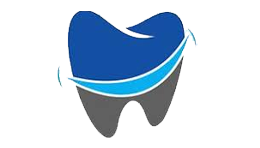
SmileRight Dentistry
Here's Sedate Dentistry Software in a nutshell. Time Saver. Money Saver. Easy to use. Amazing support. End of story.
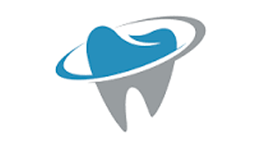
DentalClean
We learned about Sedate Dentistry from one of their other sister companies Edental. We switched from Xchart and this app works great.
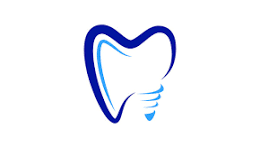
Metro Dentistry
The team at Sedate Dentistry has been amazing, especially Josh who helped integrate into our Edan X10. Much better than Xchart and a fraction of the price.
Contact Us
Contact Us
3165 West 4700 South, Suite A, Taylorsville Utah 84129



















